KGC - Chungmu-ro Branch [Tax Refund Shop] (KGC 충무로점)
4.7Km 2024-04-16
235, Toegye-ro, Jung-gu, Seoul
-
Owl Museum (부엉이박물관)
4.7Km 2022-09-19
143, Bukchon-ro, Jongno-gu, Seoul
+82-2-3210-2902
The Owl Museum is filled with over 2,000 pieces of owl-themed arts and crafts collected from all over the world by the owner. Renovated from a house, the museum has a feel of an antique café as the owner offers a cup of coffee or tea to visitors. Located near the city, those interested in owls should stop for a view and a drink. Various stories of how the collection was gathered as well as information on owls are also interesting.
Trevia (트레비아)
4.7Km 2021-03-30
1, Itaewon-ro 15-gil, Yongsan-gu, Seoul
+82-2-794-6003
You can enjoy light Italian pizza. This restaurant's signature menu is pizza. This Western dishes restaurant is located in Yongsan-gu, Seoul.
VATOS (바토스)
4.7Km 2021-03-29
1, Itaewon-ro 15-gil, Yongsan-gu, Seoul
+82-2-797-8226
It serves new-concept dishes by combining Korean flavors with traditional Mexican dishes. This Western dishes restaurant is located in Yongsan-gu, Seoul. The most famous menu is cheese nacho.
JDX - Yeongdeungpo Branch [Tax Refund Shop] (JDX 영등포)
4.7Km 2024-04-18
JDX Bldg., 9, Beodeunaru-ro 14-gil, Yeongdeungpo-gu, Seoul
-
Changdeokgung Injeongmun Gate (창덕궁 인정문)
4.7Km 2025-01-14
99, Yulgok-ro, Jongno-gu, Seoul
+82-2-3668-2300
Serving as the main gate of Injeongjeon Hall, Injeongmun Gate was established in 1405 (5th year of King Taejo’s reign during the Joseon dynasty). Later on, the gate was destroyed by multiple fires during the Imjin War (Japanese invasion of Korea in 1592), therefore current form of the establishment displays designs that are more often seen in the late 19th century's. In addition, a lot
of subsidary marks and buildings are removed from the original places and relocated passing the time, however, still remains to represent prestigious ambience.
Injeongmun Gate served as the place for several coronation ceremonies of kings, prince's succession of throne, and many other national affairs celebrated by the royal members who gathered and aligned around this gate.
Siruhyanggi Dangsan(시루향기 당산)
4.7Km 2020-12-07
103 Beodeunaru-ro Yeongdeungpo-gu Seoul
+82-2-2678-1239
It is a place where you can enjoy Gukbap (rice soup) made with bean sprouts. This Korean dishes restaurant is located in Yeongdeungpo-gu, Seoul. The representative menu is bean sprout and rice soup.
Oil Tank Culture Park (문화비축기지)
4.7Km 2024-11-01
87 Jeungsan-ro, Mapo-gu, Seoul
+82-2-376-8410
After being used as an oil tank for 41 years, the tanks were reborn into a culture space. The five tanks were transformed into performance halls, exhibition halls, and a multi-purpose pavilion, while one new tank was built to be used as an information center. In addition, the temporary parking lot turned into a culture yard where visitors can relax as well as enjoy activities or performances.
Insa Art Space (인사미술공간)
4.7Km 2021-02-26
89, Changdeokgung-gil, Jongno-gu, Seoul
+82-2-760-4722
Insa Art Space was established in 2000 to support artists who are experiencing financial difficulties. In 2005, Art Space started to develop artistic projects and in 2006, the gallery began to provide project consultations, and publishing and marketing, to develop into a stronger self-sufficient gallery. Currently, the gallery provides special exhibitions for artists and independent curators.
![KGC - Chungmu-ro Branch [Tax Refund Shop] (KGC 충무로점)](http://tong.visitkorea.or.kr/cms/resource/71/2878671_image2_1.jpg)
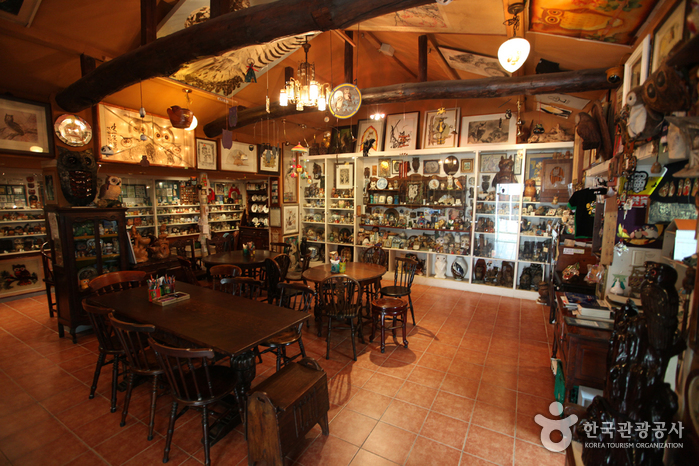
![Converse [Tax Refund Shop] (컨버스)](http://tong.visitkorea.or.kr/cms/resource/76/2891176_image2_1.jpg)
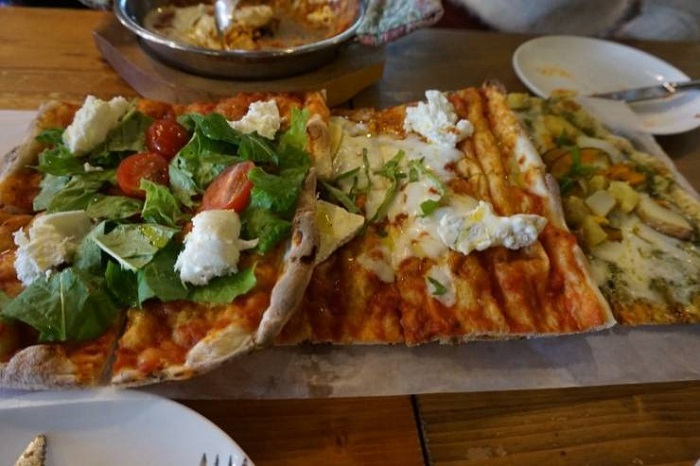
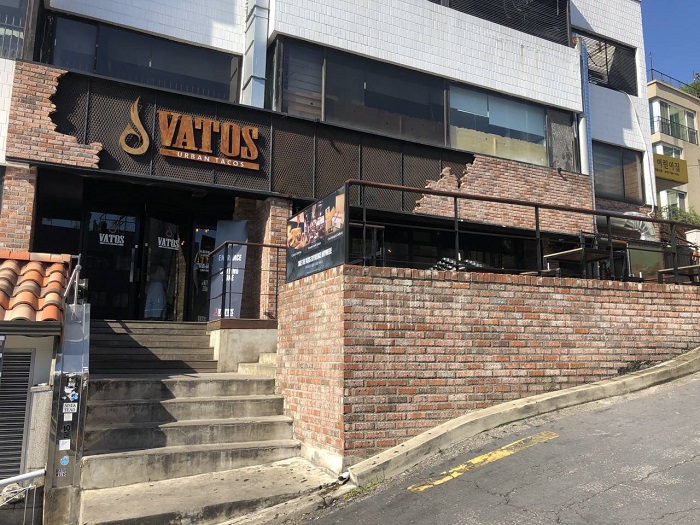

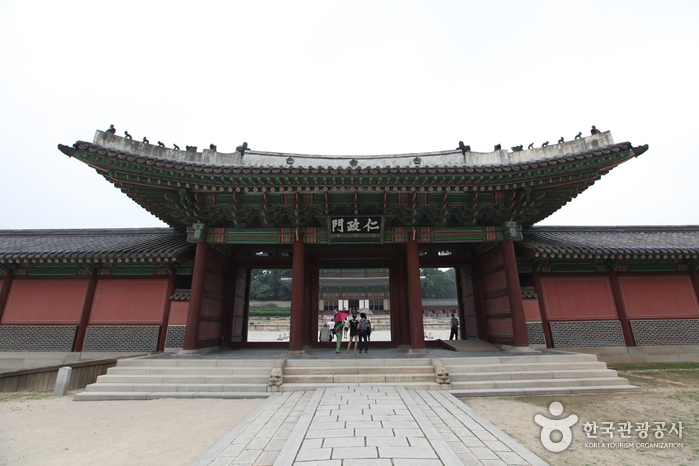
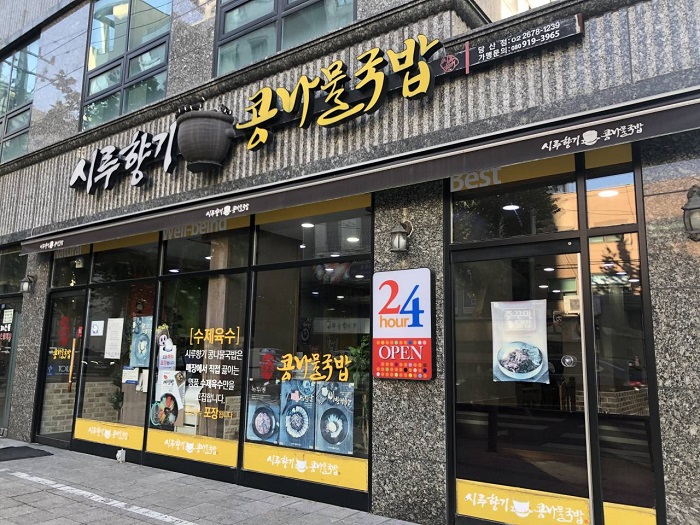
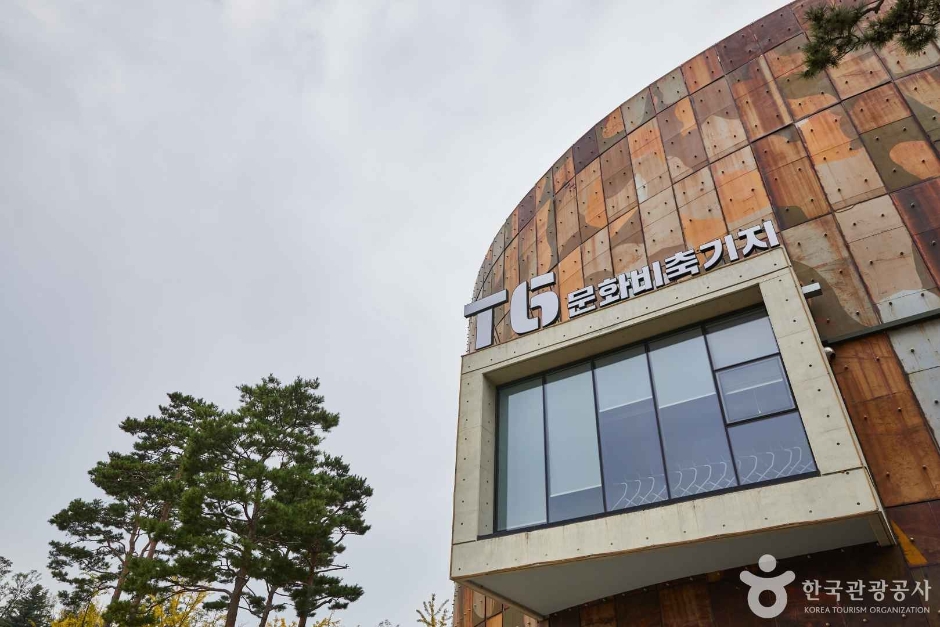
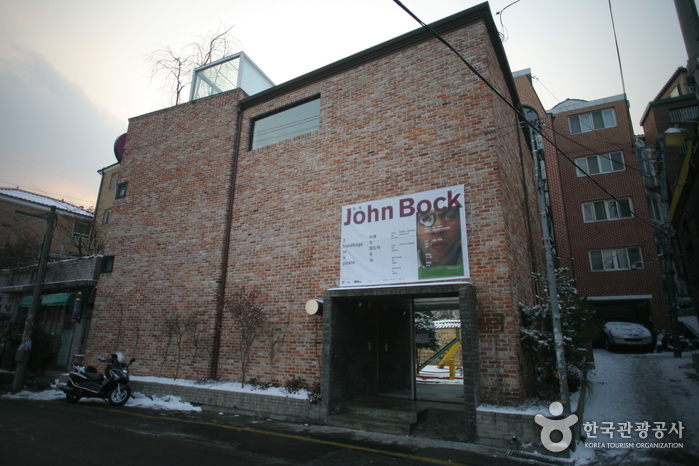
 English
English
 한국어
한국어 日本語
日本語 中文(简体)
中文(简体) Deutsch
Deutsch Français
Français Español
Español Русский
Русский